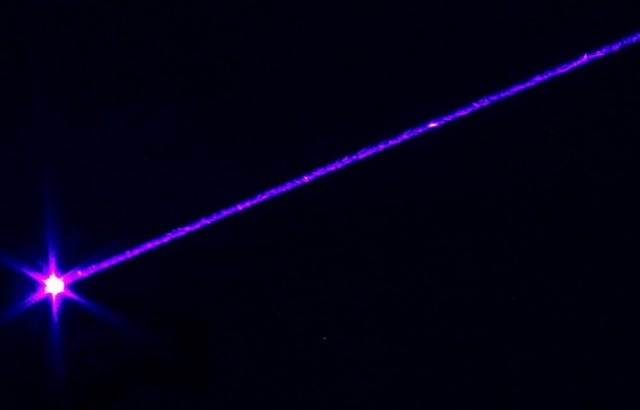Tasks that imply any sort of danger are better performed daily. That’s exactly what the researchers who invented this laser for drug and explosive detection must be thinking.
After taking a look at recent history, it becomes pretty clear that neither terrorists who are into bombing places up, nor drug dealers are very nice people. Because of that, detecting the things these people are handling is better done from a distance. Upon successfully

Vladislav Yakovlev, co-author of the study and biochemical engineer from Texas A&M University, pointed out that “This opens up the door to an entirely new method for remote sensing.” Similar lasers have been developed in the past, but according to Yakovlev, “No one has been able to obtain such long distances, and especially not on a single-shot basis.”
The way the laser works is based on Raman scattering, a physical phenomenon that affects the color of the light after passing through a material. Yakovlev explained that “The color change of the light is unique to the specific chemical, so we then detect the color of the light and that allows us to identify the specific chemical.”
Since scientists were able to detect and make a distinction between ammonium nitrate and sodium nitrate from 400 m away, there are no doubts about the laser’s efficiency. It should be noted that both of the above substances are found in powder form and are used in explosives.
As Yakovlev stated, the whole system looks very promising: “Remote detection of explosives is a really big thing. Our hope is that this technique will allow for the detection of hazardous chemicals from a safe distance in real time.”
The precision of the system is extraordinary, which means that the laser could be theoretically used for covering large areas: “Considering that it takes just one laser shot to quantify the presence of specific compounds on a ground. one can imagine mapping the large area quickly identifying locating and quantifying the presence of such compounds.”
Yakovlev also though of other applications for this laser: “You can imagine putting such remote sensing system on a satellite, and probing each spot on the ground.” That sounds simple, but it will take a while to be put into practice.
Be social! Follow Walyou on Facebook and Twitter, and read more related stories about the laser-cut Star Wars R2-D2 and Millennium Falcon nano puzzles, and the , and the gingerbread house built using CAD and lasers.










